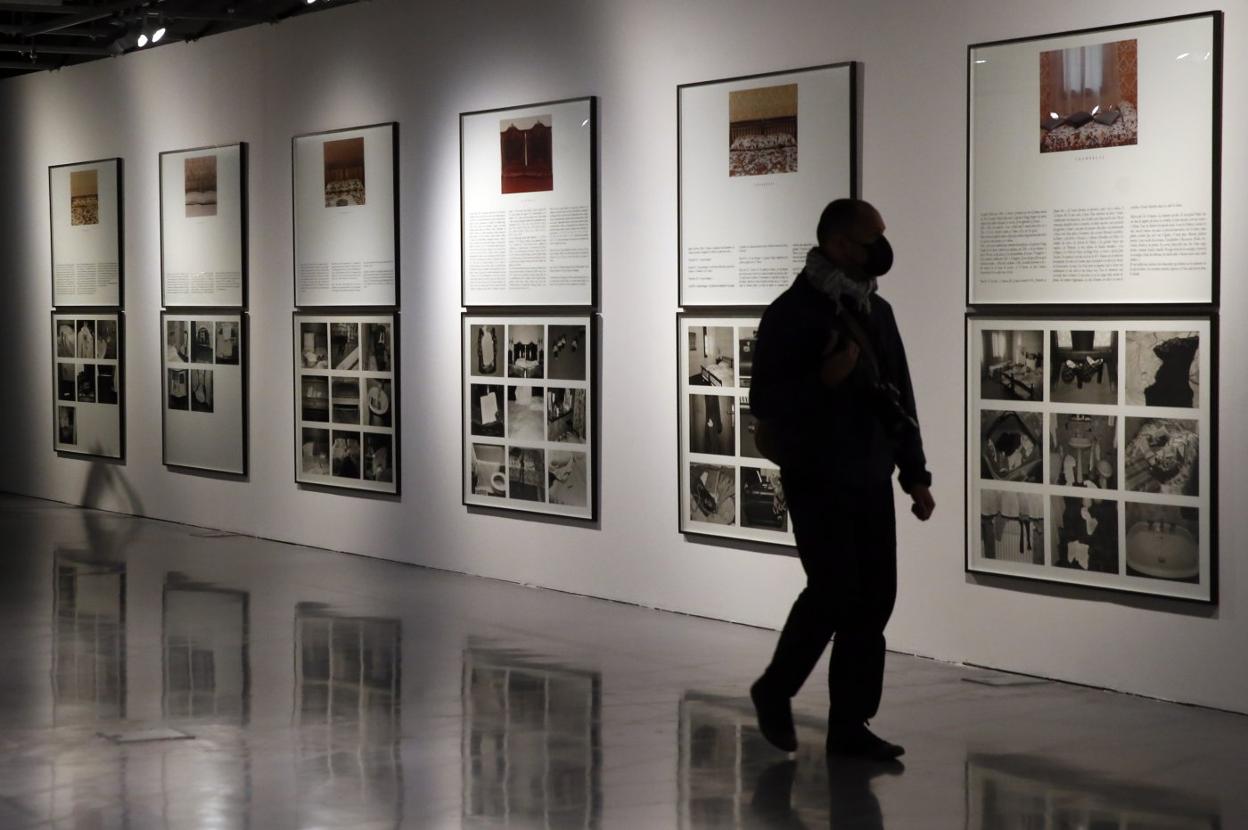V for Vanguard
REVIEW ·
Seeking secret links between top-ranking French artist Sophie Calle, the Russian Avant-Garde - and other trailblazers...GEORGINA OLIVER
Friday, 3 December 2021, 13:36
It's no secret that art history is written by the victors of avant-garde battles past and present. Since the turn of the previous century, the winner-loser turnover has become faster and faster. For the past four years, artsy.net - "the world's largest online art marketplace" focusing on modern art as well as trend-setting trailblazers - has published The Artsy Vanguard, an annual roundup "spotlighting early-career artists on the rise".
Former Artsy Vanguard alumni range from the Newly Emerging to a catch-up category designated as Getting Their Due (dedicated to forerunners "who have only recently received the acclaim they deserve").
The 2021 top-20 went live on 1 December, heralded as "a triumphant new chapter", crowned by an "in-person" presentation held in Miami.
The mini restrospective by Sophie Calle can be viewed at the Centre Pompidou Malaga until 17 April 2022
Exclusive club
French figurehead Sophie Calle is a "vangu'artist" with staying power, and artfacts.net - another maker or breaker website, known as the "Home of the artist ranking" - has the figures to prove it. On the day of my search, Calle was trending upward. In the top 1000 globally, in France's top 100, she came 118th in the international female artist filter.
Once a fashionista, always a fashionista. Once a "vanguard-ista" always a "vanguard-ista". Key contenders may go out of fashion, but once they've been identified as avant-garde, they'll always belong to the same time-transcending artist-hood. The Vanguard isn't a club you get thrown out of: its members are part of an elite corps, the holders of visual codes passed on from one generation to the next.
A glowing example of an artistic current belonging to this guild of pioneers is the Russian Avant-Garde, on show at Malaga's Museo Ruso until mid-April. The movement emerged prior to the October Revolution, yet its influence on successive waves of avant-gardists has never waned.
Sophie Calle's precisely-framed and positioned large-scale text and photo/video pieces are a cut above similar artworks with a conceptual edge; instead of placing the accent on the need to embark on a long read in order to get the idea, they look us squarely in the eye, inciting us to consider them as objects of attention in their own right. Would this be the case, I wonder, if young Sophie, the daughter of a prominent collector of contemporary art, Robert aka "Bob" Calle, hadn't been aware of Malevich's iconic black and white squares, from an early age?
The catalogue of her mini retrospective at the Centre Pompidou Málaga, a black -square-shaped - hardcover, featuring quaint pale pink lettering and a matching English and French translation section, corroborates my hunch. This vanguardist is no mere conceptualist. The voyeuristic storytelling (trailing people in the street; relating her amorous encounters and disappointments; documenting her mother's last breaths, and lamenting the death of her cat...) that has become her signature stems from bygone avant-gardes, notably early Surrealism. "If we exclude the text-image collages of the Dadaists," asserts the show's curator, Christine Macel. "It was with Nadja, the famous book published by André Breton in 1928, that the true history of these text-photography relations begins."
Exquisite corpses
Exquisite Pain is the title of one of the show's centerpieces, an allusion to a legendary Surrealist game of chance: the exquisite corpse. Overcoming pain is central to Calle's playfully cathartic projects, while death has played on her mind for as long as she can remember; her collector father was a doctor, and she grew up in the vicinity of the Montparnasse Cemetery, where many eminent artists are buried.
Sophie Calle is accustomed to Warholian celebrity. Once again, she is the star attraction at the Pompidou centre, more often referred to by local museumgoers as "El Cubo", with reference to its Mondrian-esque cubic structure conceived by fellow avant-garde Frenchy Daniel Buren.
Back in 2007, Buren curated her much-publicised anatomy of a heartbreak installation at the Venice Biennale.
How coincidental is that?
